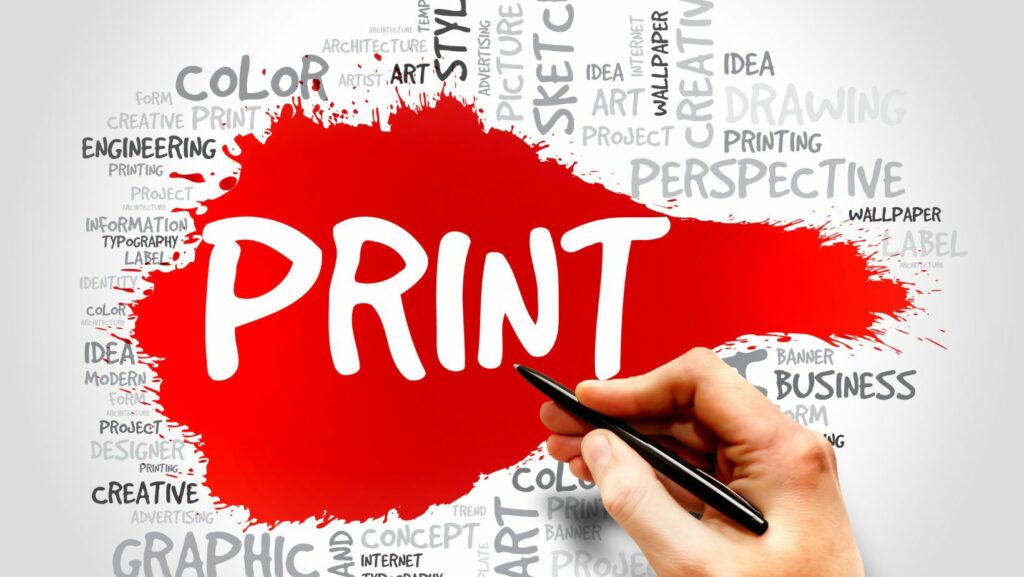 In the world of publishing, the choice between indie and traditional routes can be a pivotal decision for authors. While traditional publishing offers the allure of established support and wider reach, indie publishing provides autonomy and creative control. Understanding the nuances of each path is crucial for aspiring writers navigating the dynamic landscape of the publishing industry.
In the world of publishing, the choice between indie and traditional routes can be a pivotal decision for authors. While traditional publishing offers the allure of established support and wider reach, indie publishing provides autonomy and creative control. Understanding the nuances of each path is crucial for aspiring writers navigating the dynamic landscape of the publishing industry.
Authors today face a myriad of options when it comes to sharing their stories with the world. The debate between indie and traditional publishing is not just about distribution channels but also about artistic vision and financial considerations. By exploring the differences between these two approaches, writers can make informed decisions that align with their goals and aspirations.
Indie vs Traditional Publishing
In the realm of publishing, authors often ponder the choice between traditional and indie routes. Traditional publishing, known for its established support systems and broad audience reach, contrasts with indie publishing, where creators enjoy autonomy and control over their work. Factors such as distribution channels, creative freedom, and financial implications play significant roles in an author’s decision-making process within the ever-evolving publishing landscape. To navigate this complex terrain successfully, authors must carefully evaluate the advantages and disadvantages of each path to determine the most suitable option for their individual literary journey.
Pros and Cons of Indie Publishing
 Indie publishing offers authors both flexibility and control over their work, allowing them to make decisions independently and retain creative ownership. On the flip side, indie authors often face marketing challenges in reaching a broad audience without the backing of a traditional publishing house.
Indie publishing offers authors both flexibility and control over their work, allowing them to make decisions independently and retain creative ownership. On the flip side, indie authors often face marketing challenges in reaching a broad audience without the backing of a traditional publishing house.
Indie publishing grants authors the freedom to choose their publishing schedule, cover design, pricing, and overall creative direction without external influence. It’s advantageous for authors who desire full autonomy over their work, enabling them to experiment with different genres and styles without conforming to market trends or editorial demands.
Pros and Cons of Traditional Publishing
Traditional publishing has its own set of advantages and disadvantages that authors should carefully consider when deciding on their publishing route.
In traditional publishing, authors benefit from established distribution channels that can significantly expand their book’s reach. Major publishing houses have well-established relationships with bookstores, libraries, and other retailers, increasing the chances of a wider audience accessing the work. On the downside, authors may have less control over where and how their book is distributed, potentially limiting unconventional or niche market opportunities.
Factors to Consider Before Choosing a Publishing Route
Authors contemplating between indie and traditional publishing routes must weigh several key factors to make an informed decision. Here are essential considerations before selecting a publishing path:
- Creative Control:
Authors opting for indie publishing enjoy complete creative autonomy over their work. They have the final say in all aspects of book production, including cover design, formatting, and marketing strategies. - Distribution Channels:
Traditional publishing offers access to established distribution networks, making it easier for books to reach a broader audience through bookstore placements, libraries, and other retail outlets. Indie authors may need to invest more effort in securing distribution opportunities. - Marketing and Promotion:
While traditional publishers typically provide marketing support, indie authors are responsible for promoting their work. This involves building a personal brand, engaging with readers on social media, and implementing effective online marketing strategies to increase visibility.
In the dynamic world of publishing, authors face a pivotal choice between traditional and indie routes. Each path offers unique advantages and challenges that cater to different creative aspirations and goals. Traditional publishing presents a gateway to global audiences and established support systems, while indie publishing empowers authors with creative autonomy and direct engagement opportunities. By weighing factors like creative control, distribution, marketing, revenue, and long-term objectives, authors can make informed decisions aligned with their vision. Notable figures have thrived in both spheres, demonstrating the diverse avenues to literary success. Aspiring writers can draw inspiration from these successes and tailor their publishing choices to best suit their individual needs and ambitions. Ultimately, the key lies in understanding one’s creative objectives and selecting the publishing path that best aligns with them.

